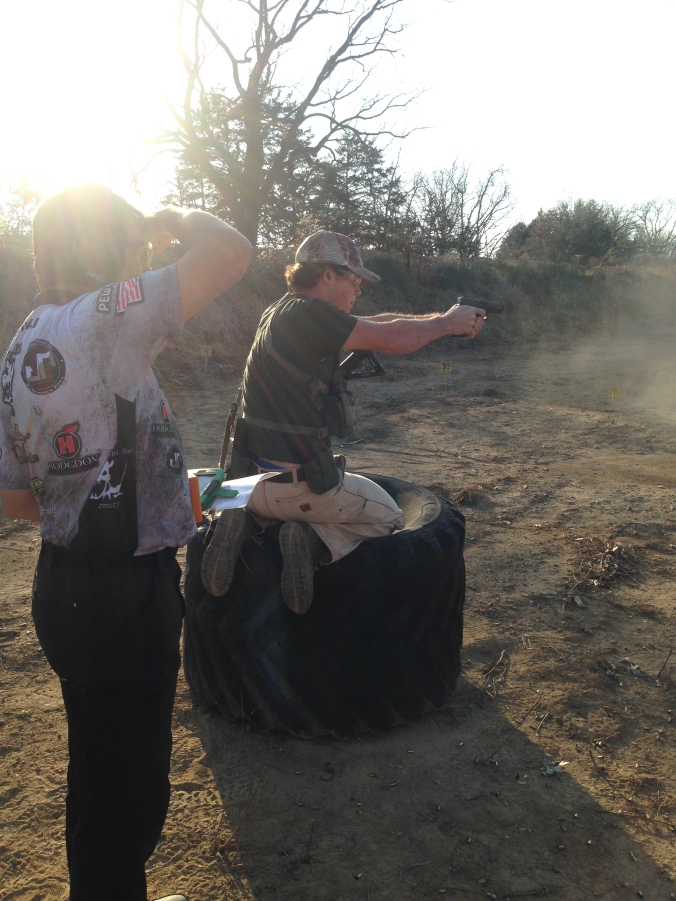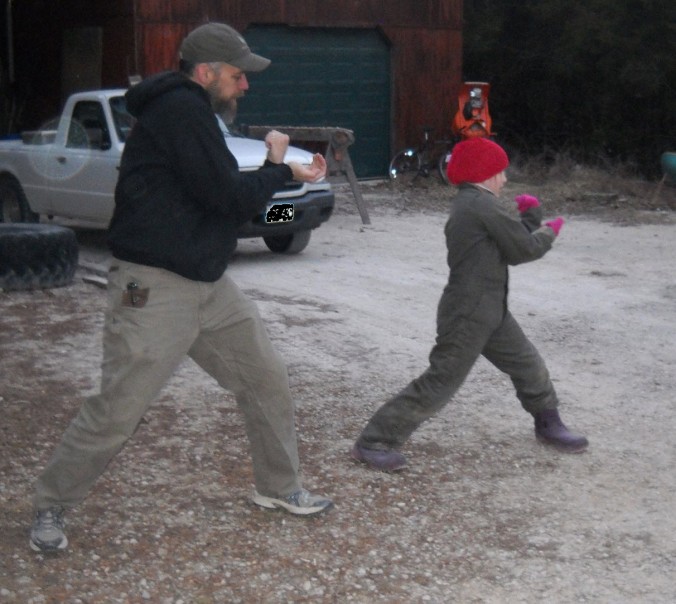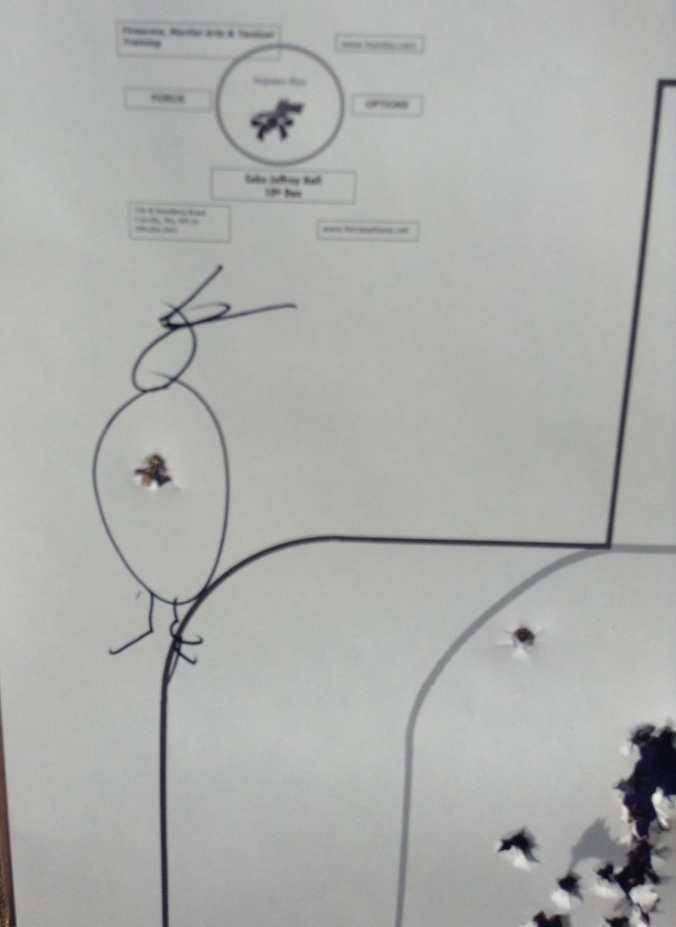
Competition teaches problem solving under pressure
Competitive shooting isn’t real, it’s only a game. Combat sports are just that: sports. In a real fight, it will be different. In a real fight there won’t be boundaries, there won’t be safety officers, judges, and referees. It won’t be Marquis of Queensbury rules. Conditions will be austere. The reliability of your equipment will matter more than its accuracy, power, or round capacity. The light will be too bright, or too dim. The ground will be uneven, muddy, dusty, or hard. Most importantly, your opponent will most likely be in the prime of his youth. He will most likely be stronger and faster than you. He probably had a harder childhood than you. He will likely be under the influence of multiple drugs that will alter his reasoning, motivations, and pain tolerance to a state that you can only imagine. Even if he is not tripping, he has probably experienced enough physical pain in his short life so as to be unimpressed by anything you can dish out. He may be unwise, but he will be cunning, and he wants to win. You have something he wants, and he will marshal all of the above- mentioned advantages to take it from you. While he is at it, he will think up a couple of new angles that I haven’t thought of, and neither have you. In order to prevail, you will have to solve problems on the fly, under pressure, and fast.
How do we train for this fight, when it is so different from a competition?
We compete.
Is that a contradiction? Yes and no.
What are the ways that we train? All training can be grouped into one of three broad categories: Drill, Storytelling, and Play.
Drill is what you do when you practice your draw stroke, when a boxer punches a bag, and when the formation of Greek hoplites learned to march and maneuver around the battle field without breaking ranks. It is, I suspect, the newest form of training; and aside from target practice with projectile weapons, probably wasn’t practiced until men started fighting in close order formations. By utilizing drill, we learn to execute that prefect punch, and that precise shot. We make the correct form a part of our nature, so that it can be executed under pressure, without thinking. Drill does not teach us how to solve a problem, it simply frees up our mind from the difficulty of the basics, so that we can solve the problem.

Drill is how we practice a particular skill until it can executed without thought, freeing up the mind for other problems
Story telling is much older, and uniquely human. Around the campfire, old men transmit the lessons from their battles to the young braves. You carry around the experience of others, and take them into battle with you. Story telling gives us the framework for solving problems. If your problem looks like the one described in the story, try a solution that looks like the one from the story.
Consider the story of Mike Rousseau. Rousseau was fighting in Mozambique when he found himself facing an adversary armed with an AK47. Rousseau drew his pistol, and shot his adversary twice in the chest. When his enemy did not go down, he took a more careful aim, and shot him in the head. He later had opportunity to tell the story of this battle to Jeff Cooper, who related it to many more people. Literally thousands of people have learned from this story, and a great many have used it to their own benefit in combat.
Storytelling is how we learn what skills to apply to a given problem.
Finally, we learn by playing games. Even animals play games. Why does the cat give a half- dead mouse to her kittens to play with? Why do those same kittens chase a ball of yarn, or each other, or even their own tails? So that they will learn to hunt. Our oldest sports were training for war. Track and field, wrestling, and boxing are good examples. The Nordic sports, especially biathlon, grew up in nations where men fought on skis. American football, one of the newest sports, is a scale model of Napoleonic warfare. Hunting and fishing have continued as sports for thousands of years after they were no longer necessary for food. It is not a coincidence that hunting is always practiced by the societies’ warrior class, be they the impoverished farmers of Appalachia, or the landed gentry of Britain.
Games, sports, and competitions give us practice solving problems on the fly, and under pressure, against able- bodied, living, thinking opponents. Whether we are calling a coyote into rifle range, stalking a trout, wrestling on the mat, sparring in the ring, or estimating the wind value in a high power match, we are practicing our problems solving skills, and pitting our brains and bodies against the other brains and bodies in the contest.
How does this square with everything I said in the opening paragraph about games, sports, and competitions not being “real”? Of course they aren’t real, but that does not mean that they are without value. In order to realize the full value of a game, we need to remember that is just a game. The game is a problems solving exercise that will differ in multiple key ways from the real fight. We identify those key differences through storytelling. We execute the solutions through drill.
